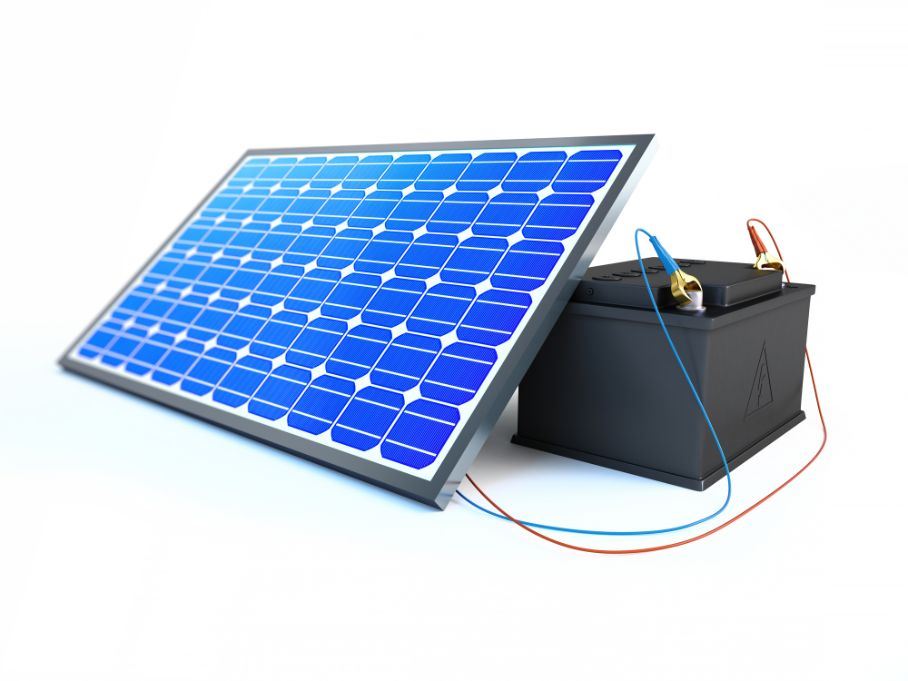Amid the craze that has been battery storage for solar energy, Australia looks set to lead the way.
The country has been named in a group of eight that are set to undertake significant structures in the storage of solar energy, which will see market increase exponentially by 2030. Similarly, to the growth of the solar industry from the year 2000 to 2015, the next 13 years are expected to follow in much the same way with the installation and use of batteries to store energy from solar panels.
In the group of eight countries leading the charge are South Korea, Australia, United Kingdom, Germany, India, Japan, China and the United States. A significant number of other countries around the world are also contributing significantly now, and influencing this boom. Collectively, these eight countries will account for more than 70% of the world’s energy storage, contributing immensely to renewable energy projects.
As a bonus to consumers, and the driving force for the boom, prices in battery storage are expected to decrease, making it more affordable for homeowners and companies alike to make the installation. Currently the cost of installing a battery to an existing solar system is not viable because it is unlikely to have paid for itself in energy savings before the system is out of warranty. As more products and services become available, and benefits from governments and energy providers increase, prices of battery systems and installations will decrease, making it more worthwhile for existing solar system owners to add a battery.
For those people looking to install a new solar system, however, will see much greater benefits. Bloomberg Energy Finance recently released a forecast on Energy Storage around the world, and discovered that it expects the storage capacity to be at 125GW/305GWh by the year
2030, which is a significant benefit to the prospect of using more renewable energy. They also predict a reduction in costs of 10% by 2020, then approximately 7% each year until 2030.
Much of this information is based on behind-the-meter (BTM) storage, which is the generation and storage of energy from solar panels for the use on the property on which the energy was generated. For example, if a home has a solar system and a battery capacity to store that energy, and then use it themselves, that is BTM storage. It takes the home off the state grid and using their own generated power as much as possible.
In Australia it is estimated that behind-the-meter storage in homes and businesses will provide approximately 90% of the country’s stored energy by 2030, which will see the reliance on grid-supplied energy (from production factories) diminish pointedly. This is the largest
contribution of any country. This forecast, however, is based on the assumption that battery systems, and installations, will make that decrease in price, driving residential/business sales up. Currently the market is dominated by grid-supplied energy, and the number of battery connected solar systems is quite minimal.
There are still many factors that may keep prices of battery systems high in Australia, however, including a proposal to make energy storage mandated as well as a policy by the government introducing synchronous generation policies.
The outlook, while positive, remains uncertain due to potential reforms coming into play. For the most part, however, it appears Australia is on track to be leaders in the renewable energy domain across the world.










